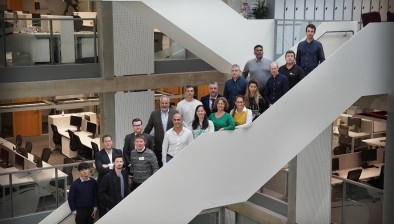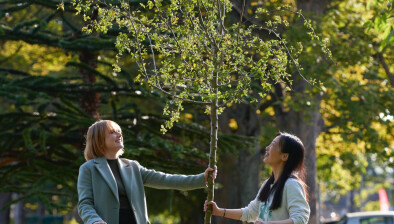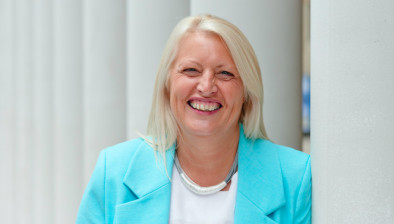Edinburgh R&D programme worth potential £78.5m to Scottish economy

Edinburgh’s Creative Informatics research and development programme has contributed over £33 million to the Scottish economy and could generate a further £45.5 million by 2026, according to new analysis.
Independent analysis of the recently-concluded programme has found that it has also safeguarded or created 445 jobs, supported the making of 45 spin-out companies and trained more than 680 people in data technology.
Led by the University of Edinburgh, in partnership with Edinburgh Napier University, Codebase and Creative Edinburgh, the programme aimed to bridge the technology and creative sectors.
The research and development programme published its final report after launching more than five years ago with an investment of £8 million from the UK and Scottish Government funders.
In June 2024, an economic analysis was undertaken to track the gross economic impact of Creative Informatics.
The results show that it added £33.1 million worth of goods and services, known as Gross Value Added (GVA), to the Scottish economy between 2019 and 2023.
The report estimates that if the 2022/23 participant job levels are maintained, then Creative Informatics will generate a further £45.5 million by 2026.
Professor Melissa Terras, director of Creative Informatics, said: “There’s no doubt that the Edinburgh creative tech community is special, given that it sits at the juncture of a world-leading cultural city, and one with an immensely successful start-up ecosystem.
“We hope that the bridges we’ve built here show others how best to encourage creatives to make new digital and data-driven products and services, keeping them ahead of the international game.”
The programme supported a range of diverse and inclusive work, such as the Lung Ha Theatre Company, an organisation for actors and theatre-makers with a learning disability or autism.
The Edinburgh-based company received funding to support its performers, including buying text to speech software, which allowed learning-disabled members to fully participate.
St Giles Cathedral, a 900 year-old church in the heart of Edinburgh’s old town, also received support through a digital project that will help visitors explore their ancestral links with Scotland.
Ray Interactive, the creative technology company behind the project, saw it as an opportunity to dig into complex historical datasets and explore how to bring data to life in a new and compelling way.
Professor Chris Speed, founding director of Creative Informatics, said: “Whilst we set out to deliver ‘data-driven innovation for the creative industries’, the breadth of inclusion, imagination and insight that the team and community have delivered demonstrates with confidence ‘data-driven innovation by the creative industries’. A position of empowerment that we could only have dreamt of.”
More than half the participants in the Creative Informatics Programme were women or minority genders, which goes against trends seen in many data and technology, including creative technology spaces.
Additionally, 13 per cent of participants came from Asian, Black or Ethnic Minority backgrounds – representing more diversity than the general Scottish population.
Creatives based in Scotland benefited from training, support and funding to develop innovative new products, services and experiences, from data driven knitting to cutting edge use of AI in audio.







